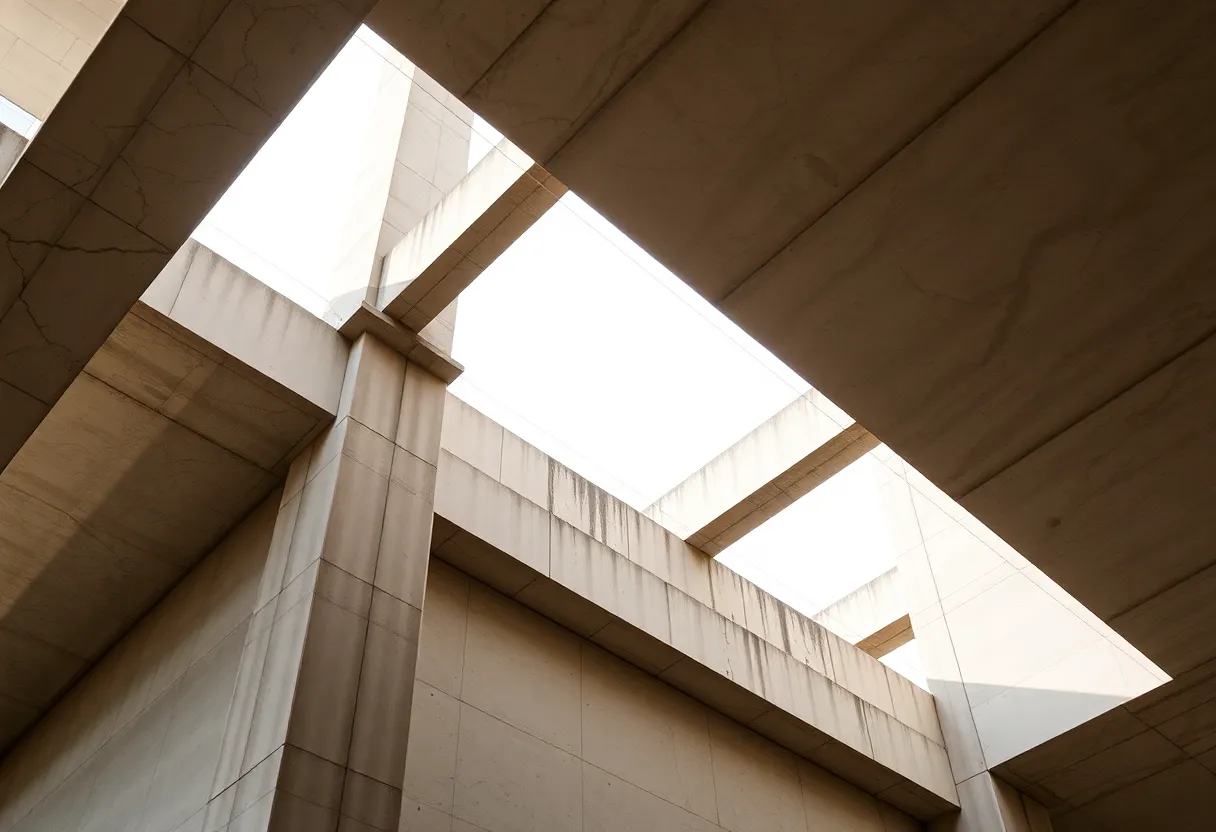

Visual representation of flexible precast connections enhancing structural performance.
Article Sponsored by:
Northford Structural Connections (NSC) specializes in innovative engineering solutions for enhancing the safety and durability of precast concrete structures. Their patented products, including the Double-Tee Flexible Connection (DTFC) and Double-Tee Connection Pro (DTC Pro), address critical challenges like fatigue, corrosion, and seismic resilience. With a focus on quality and longevity, NSC provides advanced connection systems trusted by industry professionals for both retrofitting and new construction projects.
In the realm of structural design, precast connections serve as the vital juncture points where individual components of buildings and structures come together. The ability to design these connections with flexibility is paramount. Flexibility in precast connection design enhances the overall performance of a structure, accommodating dynamic forces and supporting sustainable building practices.
Precast connections are systems that allow different precast components, such as beams, columns, and slabs, to be assembled on-site. These connections play a critical role in transferring loads and providing stability. The rigidity of traditional joint designs can lead to issues under varying load conditions, prompting a shift towards designs that incorporate flexibility.
Flexibility in precast connections allows structures to adapt to movements caused by thermal expansion, seismic activity, and fluctuating loads. In regions prone to earthquakes, for example, buildings must be able to withstand lateral forces without experiencing catastrophic failures. Flexible connections permit some degree of movement, thereby reducing stress concentrations and enhancing safety.
Effective design of flexible precast connections involves careful consideration of materials, geometry, and load transfer mechanisms. Engineers must strike a balance between stiffness and flexibility. Here are some key considerations:
The choice of materials used in the connection significantly impacts its flexibility. Some commonly used materials include:
The geometric design of connections plays a crucial role in defining their flexibility. Slightly modified angles or connection shapes can allow for controlled movement while still providing necessary load transfer. Additionally, configuring connections to optimize performance during lateral loads can ensure that buildings remain intact during seismic events.
Understanding how loads are transferred through flexible connections is essential. The connection must effectively transfer compressive, tensile, and lateral loads while permitting movement. This can involve various pin connections, sliding mechanisms, or expansion joints, each contributing differently to a connection’s overall flexibility.
While the benefits of flexible precast connections are clear, there are challenges landscape architects and engineers must navigate:
Adhering to building codes and regulations poses a significant challenge. Flexibility must be designed into connections without compromising safety or durability standards. Engineers must ensure compliance with international and local codes while innovating design solutions.
The cost associated with developing flexible connections can sometimes be higher than traditional methods. This is often due to the need for specialized materials and engineering design. However, these costs may be offset by long-term savings from reduced maintenance and enhanced building longevity.
As building practices evolve, the focus on sustainability and resilience will dictate advancements in precast connection design. Emerging technologies such as Building Information Modeling (BIM) and advanced computational design tools may lead to innovative approaches to flexibility in connection design.
Future precast connections could be augmented with smart materials and sensors, allowing real-time monitoring of structural health. This can further enhance flexibility by allowing adjustments to be made based on actual performance data. Additionally, smart technologies may enable buildings to respond more dynamically to environmental changes.
To foster advancements in flexible connection design, increased collaboration between architects, engineers, and material scientists will be essential. Sharing insights and knowledge can accelerate innovation and lead to better-designed connections that marry flexibility with structural integrity.
Flexibility in precast connections is not merely an aesthetic or superficial quality; it is a fundamental attribute that enhances structural integrity and performance. As the construction industry moves towards sustainable and resilient frameworks, the importance of flexible connections will continue to grow. By addressing challenges and embracing innovative design and materials, engineers can pave the way for safer, more adaptable structures.
Article Sponsored by:
Since 1974, CMiC has been a global leader in enterprise software for the construction industry. Headquartered in Toronto, Canada, CMiC delivers a fully integrated platform that streamlines project management, financials, and field operations.
With a focus on innovation and customer success, CMiC empowers construction firms to enhance efficiency, improve collaboration, and make data-driven decisions. Trusted by industry leaders worldwide, CMiC continues to shape the future of construction technology.